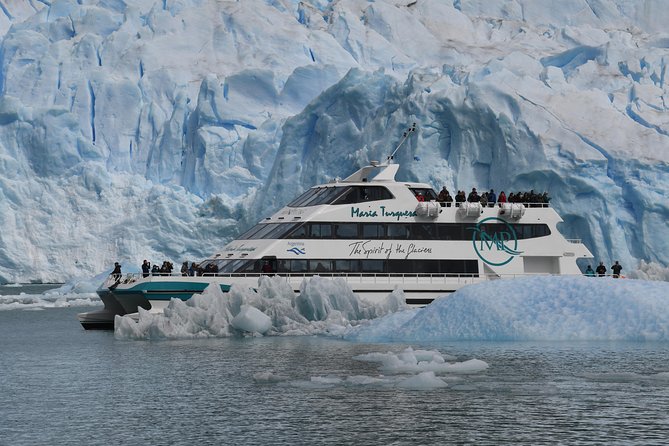1. Upsala Glacier is located in Los Glaciares National Park, near the town of El Calafate in southern Patagonia, Argentina. It is one of the largest glaciers in the park and covers an area of approximately 870 square kilometers. The glacier is named after the University of Uppsala in Sweden, which sponsored the first scientific expedition to the region in 1903.
Upsala Glacier is known for its stunning blue ice formations and dramatic ice cliffs. It is part of the Southern Patagonian Ice Field, which is the third largest ice field in the world, after Antarctica and Greenland. The glacier has been receding over the years due to climate change, but it still attracts visitors from around the world who come to witness its beauty.
2. The working time of Upsala Glacier can vary depending on the time of year and weather conditions. It is recommended to visit during the summer months (December to February) when the weather is milder. Visitors can arrange tours to the glacier through local tour operators in El Calafate. The tours usually include transportation to the glacier by boat or catamaran, and sometimes a trekking or hiking experience on the glacier itself.
Unfortunately, due to the interactive nature of this prompt, I don’t have access to specific phone numbers for arrangements.
3. Ticket information and transportation options can be obtained from tour operators in El Calafate. Prices for tours to Upsala Glacier can vary, depending on the type of tour, the duration, and the inclusions. It is recommended to book in advance, especially during the peak tourist season.
Transportation to Upsala Glacier usually involves a boat or catamaran ride from El Calafate to the glacier’s front wall. The journey takes approximately 2-3 hours, depending on the tour and weather conditions. Once at the glacier, visitors can admire its beauty from a safe distance or participate in guided hikes or guided ice trekking experiences.
It is important to note that the weather in the region can be unpredictable, so it is advisable to bring warm clothing, sturdy footwear, and rain gear. Also, as with any natural attraction, it is important to practice responsible tourism and follow all safety guidelines provided by the tour operators.










